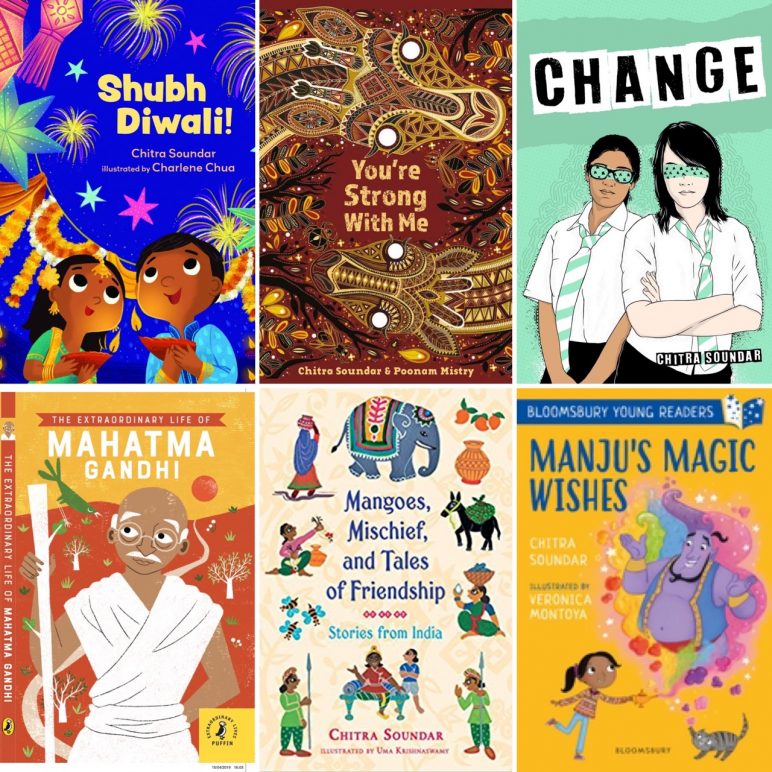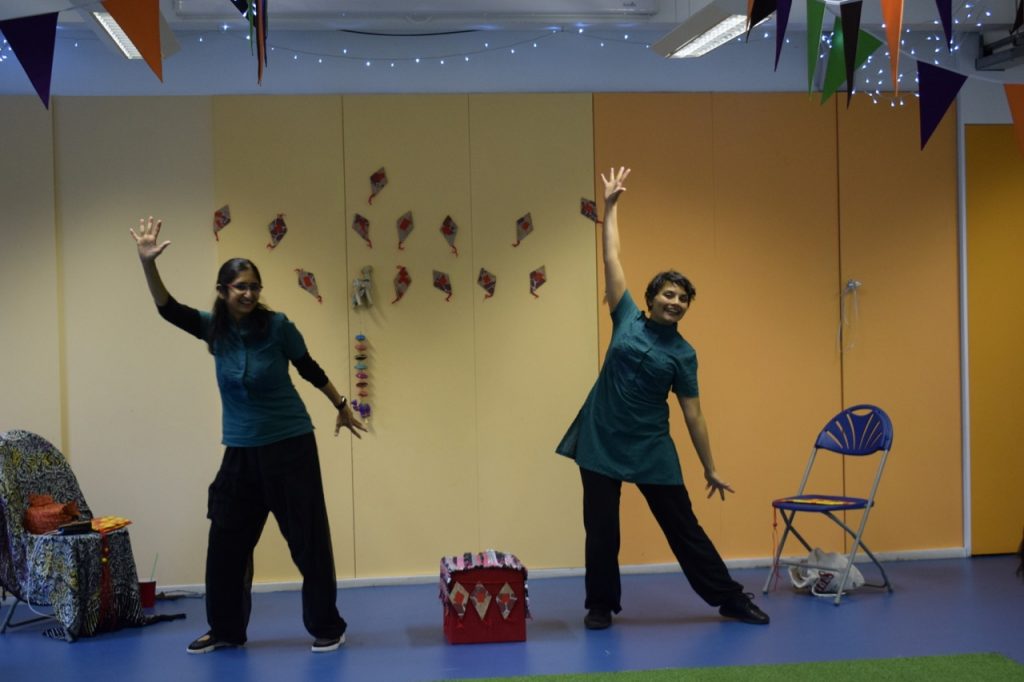Welcome to 2021. Despite the chaotic events across the world, and the pandemic not showing signs of slowing down, I’m feeling hopeful. Because hope is the lightest of things that lifts us up.
As a writer for young people, and a 7-year old at heart, I’m always hopeful about every new day. The job of those who write fiction for young people is to imagine a better world for all of us. We can create the worlds we imagine, we can be the person we aspire to be and all of that is built on the hope for the future.
Every time I begin a story, I’m hopeful of the words that will tumble out of my pen. I’m hopeful for the book to be liked by my peers and then by my agent and then by a publisher and ultimately by the young reader. The very act of writing a story is hopeful that it will find its readers, in the future.
Sometimes I struggle when I write. Sometimes things happen in the world or in the industry that will make me despair. And often I might decide to throw in the towel and say I’ll never write another story.
But that thought stays in my mind for less than a day. Then I’ll spot a ladybird on the balcony, or a butterfly on a flower or a worm hoping to cross the road without a calamity and I’m eager to get back to the desk to make up a story. I’m that worm who crosses the road hopeful about the journey and of reaching the destination. I’m that butterfly who knows to live in the today and visit as many flowers as it can. I’m that ladybird that travels the world from garden to balcony and back again.

So if you’re feeling a bit down or you’re cynical about the situation that is unfolding in our real worlds, go read a book, share a joke, write a poem and watch a funny cartoon. Bring back the joy of being a child, share the joy with another child because we owe it to them to be hopeful and set examples to be aspirational for the future.
And here is a poem to read and perhaps know by heart.

Happy New Year to you all! There are many books coming out this year from my desk to your shelves and I hope to tell you all about it in due course!




















 What if my Grandma’s chair is a time travelling machine?
What if my Grandma’s chair is a time travelling machine?